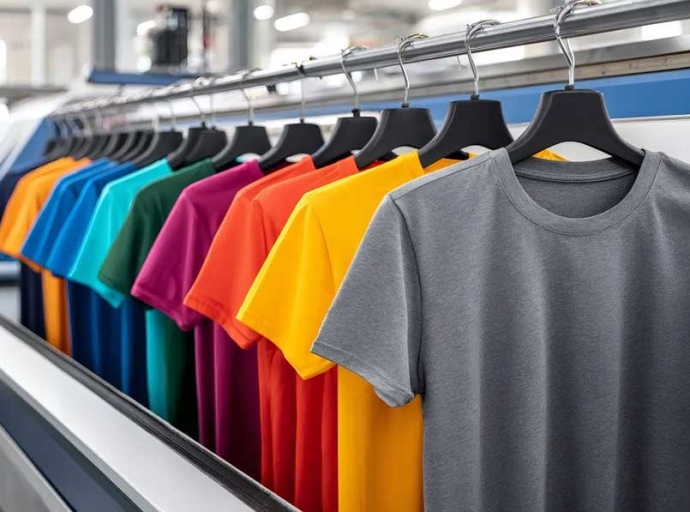Quick commerce catches on as fashion brands & retailers race to the 'now'

10 September 2024, Mumbai
In India's bustling fashion landscape, a new trend is gaining momentum, driven by the ever-increasing need for speed and convenience: quick commerce or Q-commerce which means the lightning-fast delivery of goods, often within 30 minutes to an hour. Fashion brands and retailers are capitalizing on this trend to cater to the evolving expectations of their customers.
A fast spreading trend
The primary catalyst behind this increase is the changing consumer mindset. Today's consumers especially Gen Z and millennials are more time-pressed than ever. They crave instant gratification and expect their purchases to arrive at their doorstep within hours, not days. Quick commerce addresses this need by providing a swift and seamless shopping experience.
Moreover, the pandemic-induced lockdowns and restrictions accelerated the adoption of online shopping. Consumers became accustomed to the ease and safety of ordering from the comfort of their homes. Quick commerce takes this convenience to the next level.
Busy lifestyles and the rise of on-demand services have made quick commerce a compelling proposition, saving consumers precious time. Quick commerce is also triggered by impulse purchases, particularly for trendy items or last-minute needs. What’s more, brands and retailers see quick commerce as a way to differentiate the mselves in a crowded marketplace and enhance customer loyalty.
India's Q-commerce market
While still in its nascent stage, the Q-commerce market in India is estimated to be around $0.3 billion in 2023. It expected to gather more steam and move forward at a CAGR of over 50 per cent in the next five years. By 2028, the Q-commerce market in India is expected to reach $3-4 billion, driven by growing internet penetration, rising smartphone usage, and increasing urbanization. Globally, the mature markets like the US and China have witnessed significant growth in quick commerce, particularly in the grocery and food delivery sectors. The market size is considerably larger, with China leading the way. The global quick commerce market is projected to grow at a CAGR of around 25 per cent in coming years. It is estimated to reach over $70 billion by 2025, with fashion and apparel being a significant contributor. This maturity offers valuable insights for Indian players. It demonstrates the long-term viability of the model and highlights the potential for substantial growth in the Indian market.
Sectors and segments best suited for Q-commerce
In fashion segment accessories like small items like jewellery, scarves, belts, and sunglasses are ideal for quick commerce. Everyday essentials like innerwear and loungewear can benefit from Q-commerce's convenience. Trendy and affordable clothing aligns with the impulse-driven nature of quick commerce. Quick replenishment of frequently used items like cosmetics and skincare products makes Q-commerce an attractive option.
In terms of segments, both premium and value brands can leverage quick commerce. Premium brands can offer exclusive, limited-edition items for quick delivery, creating a sense of urgency and exclusivity. Value brands can cater to the impulse purchase market, offering attractive deals and discounts for immediate delivery.
In India, several retailers have started experimenting with Q-commerce. Nykaa Fashion tThe beauty and fashion e-commerce giant has partnered delivery platforms to offer Q-commerce for a curated selection of products. Similarly, Myntra the fashion e-tailer has launched its own express delivery service, 'Myntra Insider Express,' offering faster delivery options to its loyal customers. And Zivame, the lingerie brand has partnered Q-commerce platforms to cater to the growing demand for quick and discreet delivery of intimate apparel.
While quick commerce is still in its early stages, it is likely to become a stable and integral part of the fashion and apparel industry in India. The convenience, speed, and instant gratification it offers resonate with today's consumers.
Brands and retailers that embrace this trend are likely to gain a competitive advantage and cater to the evolving needs of today's consumers. While challenges remain, the potential for quick commerce is vast, and it is poised to become a fixture in the fashion landscape.
Latest Publications

































